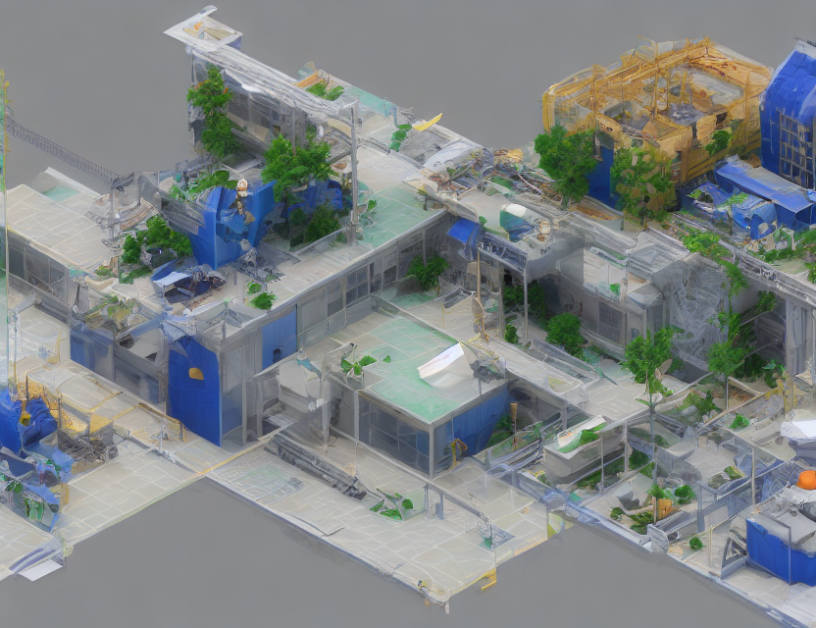In the world of computer programming, bugs can be frustrating and time-consuming to fix. Fortunately, there is a tool called Automated Program Repair that can help. This tool uses something called invariant learning and refinement to identify and fix problems in programs. But what do these terms actually mean?
Invariant Learning: The Key to Finding Bugs
Invariant learning is like solving a puzzle. Imagine you have a puzzle with pieces of different shapes and sizes, and you need to find the right pieces to make it complete. Invariant learning helps identify which pieces are missing or incorrect in a program, so that they can be replaced with the correct ones.
Invariant refinement: The Repair Process Unveiled
Once the missing or incorrect pieces have been identified, invariant refinement comes into play. This process is like putting the puzzle pieces together again. Invariant refinement uses the information gathered during invariant learning to repair the program by adding or removing operations that are necessary to make it work correctly.
Categorizing Invariants: Good vs Bad Patterns
In computer programming, there are two types of invariants: good and bad patterns. Good patterns are like a well-built puzzle where all the pieces fit together perfectly. Bad patterns are like a puzzle with missing or incorrect pieces that don’t quite fit. Invariant refinement focuses on identifying and fixing the bad patterns to make sure the program works as intended.
Soundness of Inference: The Key to Accurate Repairs
But how do we know if the repaired program will work correctly? It all comes down to the soundness of inference, which is like a trustworthy puzzle solver. A good puzzle solver can identify the correct pieces and put them together correctly, resulting in a complete and accurate puzzle. Similarly, a sound inference tool can identify the correct invariants and repair the program accordingly, ensuring that it works as intended.
Reachability Analysis: Exercising Program Behavior
To increase the accuracy of invariant inference and repairs, reachability analysis is essential. It’s like running multiple puzzle solvers on the same puzzle to identify any missed pieces. By exercising program behavior using reachability analysis, we can identify more invariants that need to be repaired, making the repair process more effective.
Conclusion: Automated Program Repair – A Game Changer in Software Development
Automated program repair is a powerful tool that can help software developers save time and effort when fixing bugs. By using invariant learning and refinement, developers can identify and fix problems in programs more efficiently. Understanding the concepts of good and bad patterns, soundness of inference, and reachability analysis can help developers make the most of this tool. With automated program repair, software development can become faster, easier, and more reliable than ever before.



